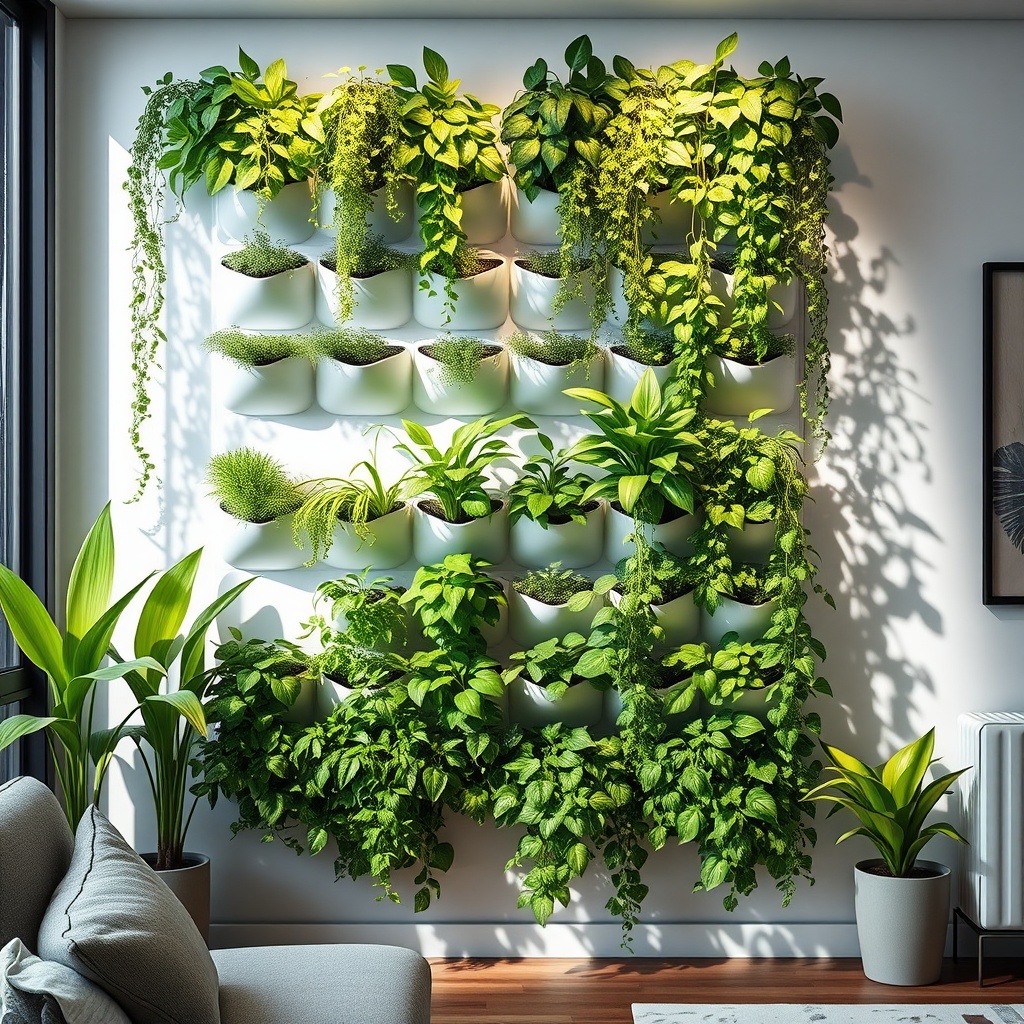Why Choose Solar-Powered Hydroponics?
In an era where sustainability and self-sufficiency are gaining paramount importance, solar-powered hydroponic gardens offer a brilliant solution. This innovative gardening method combines the efficiency of hydroponics with the eco-friendliness of solar energy, allowing you to grow fresh produce without depleting natural resources. By utilizing sunlight, you not only reduce your carbon footprint but also ensure a consistent supply of nutrients for your plants.
The Essential Components of Your Garden
Building your solar-powered hydroponic garden requires careful planning and the right components. Here’s a comprehensive list of essential elements you’ll need:
- Solar Panels: To capture sunlight and convert it into energy.
- Hydroponic System: Choose from options like nutrient film technique (NFT), deep water culture (DWC), or aeroponics.
- Water Reservoir: A container to hold nutrient-rich water for your plants.
- Pumps and Tubing: To circulate water and nutrients efficiently.
- Grow Lights (if needed): For additional light during cloudy days or nighttime.
By integrating these components, you create a thriving ecosystem that maximizes growth potential while minimizing environmental impact.
Step-by-Step Setup Guide
Setting up your solar-powered hydroponic garden can be a rewarding DIY project. Here’s a simplified step-by-step guide to get you started:
- Choose a Location: Select a spot with ample sunlight exposure.
- Install Solar Panels: Position your panels to capture the most sunlight, ideally facing south.
- Set Up Hydroponic System: Assemble your chosen hydroponic system, ensuring all components are secure.
- Connect Pumps and Reservoir: Link your water reservoir to the hydroponic system using pumps and tubing.
- Test Your System: Run the system without plants to check for leaks and ensure proper nutrient flow.
- Plant Your Seeds: Once everything is functional, plant your seeds or seedlings and monitor their growth.
By following these steps, you’ll not only cultivate a sustainable garden but also contribute to a healthier planet.




